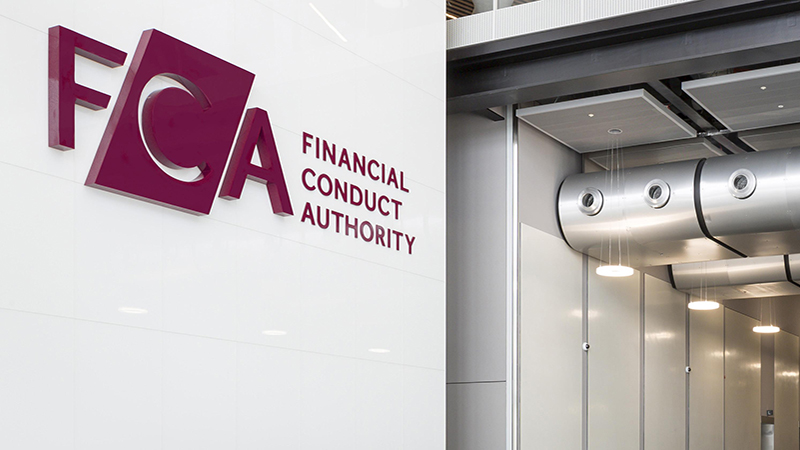Nothing much has changed in the data flow and I suspect Ben Bernanke will try to calm investor fears next week. As such risk assets could rally into month-end.
Yields higher, but not that high
Many bond sectors have delivered negative returns so far in the second quarter of the year. The key reason is the rise in yields in the US Treasury market related to changing expectations about when the Federal Reserve (Fed) will begin “tapering” its purchases of bonds as one of the two pillars of its current monetary policy strategy.
When the Fed began this most recent vintage of QE, some commentators termed it “QE to infinity” as it appeared to be quite open-ended and investors got hooked on the view that core yields would remain very low for a long time and so to achieve positive returns they had to increase exposure to high yield, emerging market debt, equities and other riskier assets.
Of course, that was always foolish as there would come a point when the Fed would own all the market and would have to then stop. But more seriously, the Fed has always linked any change in its monetary stance to the evolution of the economy.
Just look at this extract from Chairman Bernanke’s most recent testimony to the Joint Economic Committee of the US Congress – “The Committee has said that it will continue its securities purchases until the outlook for the labor market has improved substantially in a context of price stability… At its most recent meeting, the Committee made clear that it is prepared to increase or reduce the pace of its asset purchases to ensure the stance of monetary policy remains appropriate as the outlook for the labor market or inflation changes. Accordingly, in considering whether a recalibration of the pace of its purchases is warranted, the Committee will continue to assess the degree of progress made toward its objectives in light of incoming information”.
In other words, policy is entirely data dependent. Given that yields have risen since he made these comments, what can we conclude? I think it is very simple. There is a consensus that QE has driven yields lower than where they would otherwise be; that yields will rise when the Fed reduces its purchases and that the data suggests that the economy is on track to justify these reductions within the next year.
Furthermore, some Federal Open Market Committee (FOMC) members are probably also taking the view that the potential costs of QE are now outweighing the additional marginal benefits. Markets have adjusted expectations and benchmark yields are back to levels last seen a year ago. But that is still only 2.18% for a 10-year Treasury bond. Even during the recession (2008-2009) they weren’t that low.
So much higher yields will come
During my recent trip to Japan I discussed the outlook for yields with investors in Tokyo. No-one really flinched when I said 10-year Treasury yields could easily be at 3.5% or above by the end of 2014. In fact the message was that they would welcome such yield levels to then make serious allocations to overseas markets out of their JGB portfolios. They are not doing it yet because they want to see how high yields go and what kind of impact that has on the dollar-yen exchange rate, credit markets and equities.
So far, the change in monetary policy expectations has caused volatility to spike higher across the board, leading to higher risk premiums and losses in a number of parts of the markets. But let’s put the recent move into context. For fixed income credit, the increase in risk spreads has been relatively modest so far, and much less than the “Grexit” inspired sell off in credit markets a year ago.
This is first and foremost a rates adjustment and is thus driven by expectations of stronger economic conditions, not weaker. With that in mind you can make the argument that we will soon have a nice buying opportunity in credit, high yield, emerging markets and equities.
Forward guidance
In the same testimony referenced above, Bernanke also said that the FOMC expects “…a highly accommodative stance of monetary policy to remain appropriate for a considerable time after the asset purchase program ends and the economic recovery strengthens.” By that he means even if the Fed decides to “taper” asset purchases, the Fed Funds rate is not going to be raised for a long time.
The market has priced in the first monetary tightening for the middle of next year but that is still very dependent on the economic data and, particularly, the unemployment data. A key Fed watcher wrote a piece for the Wall Street Journal yesterday suggesting that Mr Bernanke will soothe markets when he speaks at the post-FOMC press conference this week and that the message will be that tapering is not going to happen in the short term.
So I suspect markets will rally again in the short run. Yields may not trade back down to their pre-May levels but if they stabilise around here – and again I refer to the fact that they are not that high – then investors are again likely to see the attraction of high yield (HY) at 500bps spreads and emerging markets (EM) at 350bp spreads.
Furthermore, inflation-linked bonds have been hit hard by the fears about tapering, being the worst performing bond assets except for emerging markets during June so far and having had a shocking month in May. If markets think the end of QE means lower inflation then continued QE must mean higher inflation.
Thus if Bernanke does say he will keep on buying I would expect something of a bounce in break-even inflation rates. My colleagues in our inflation team make the very valid observation that break-even inflation rates tend to be highly correlated with current inflation rates or very short term inflation forecasts. Lower than expected inflation rates so far in 2013 explain a lot of the downshift in inflation.











